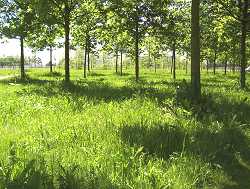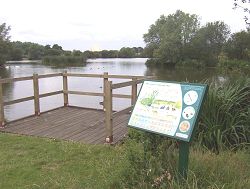Summary

Achieving sustainable remediation of brownfield sites is highly complex because of the heterogeneous nature of ground conditions, the [frequent] presence of contaminant, and the potential multiple pathways to receptors.
All too often this leads to contamination being cleaned up to generic levels, irrespective of differences in end-usage across a site, and the design and formation of the final landscape occurs in isolation of the remedial process.

Sites where integrated remediation and greening solutions have been employed provide a vital vehicle for investigating the sustainability of remediation and greening systems and for securing the development of the robust, reliable and cost effective methods of the future.
General Content
Related publications
Doick, K and Hutchings, T. (2007). Greenspace Establishment on Brownfield Land: the Site Selection and Investigation Process. Information Note, Forestry Commission Archive
Contact
Downloads
Related Sites
Funding & Partners
- Engineering and Physical Sciences Research Council - EPSRC
- SUBR:IM Consortium
- University of Cambridge
- Babtie
- Churngold
- Channel Tunnel Rail Link
- London Development Agency
